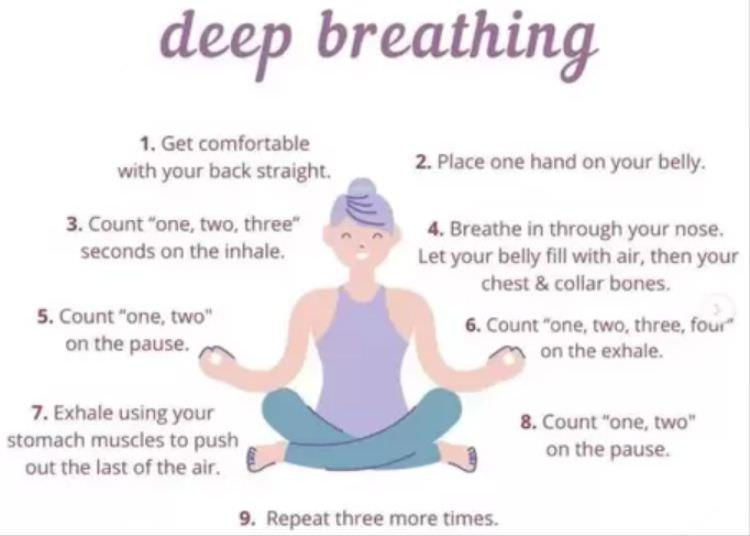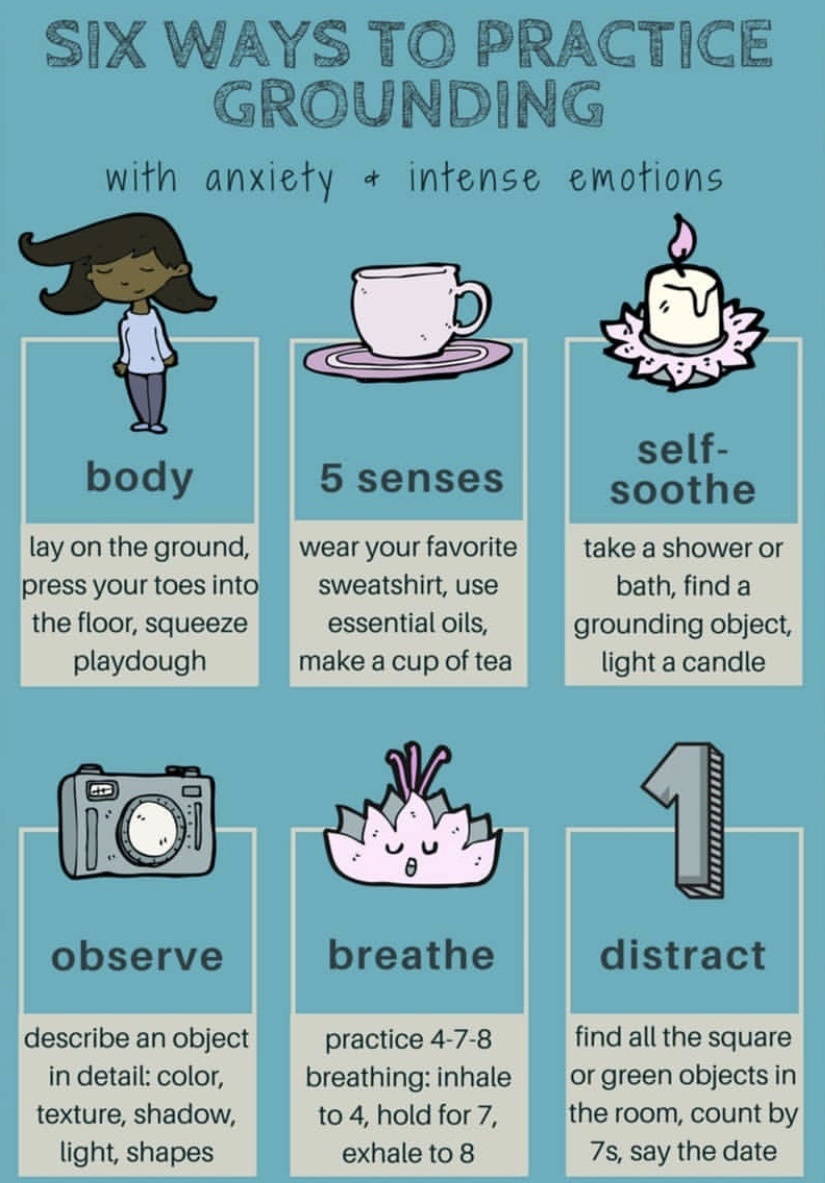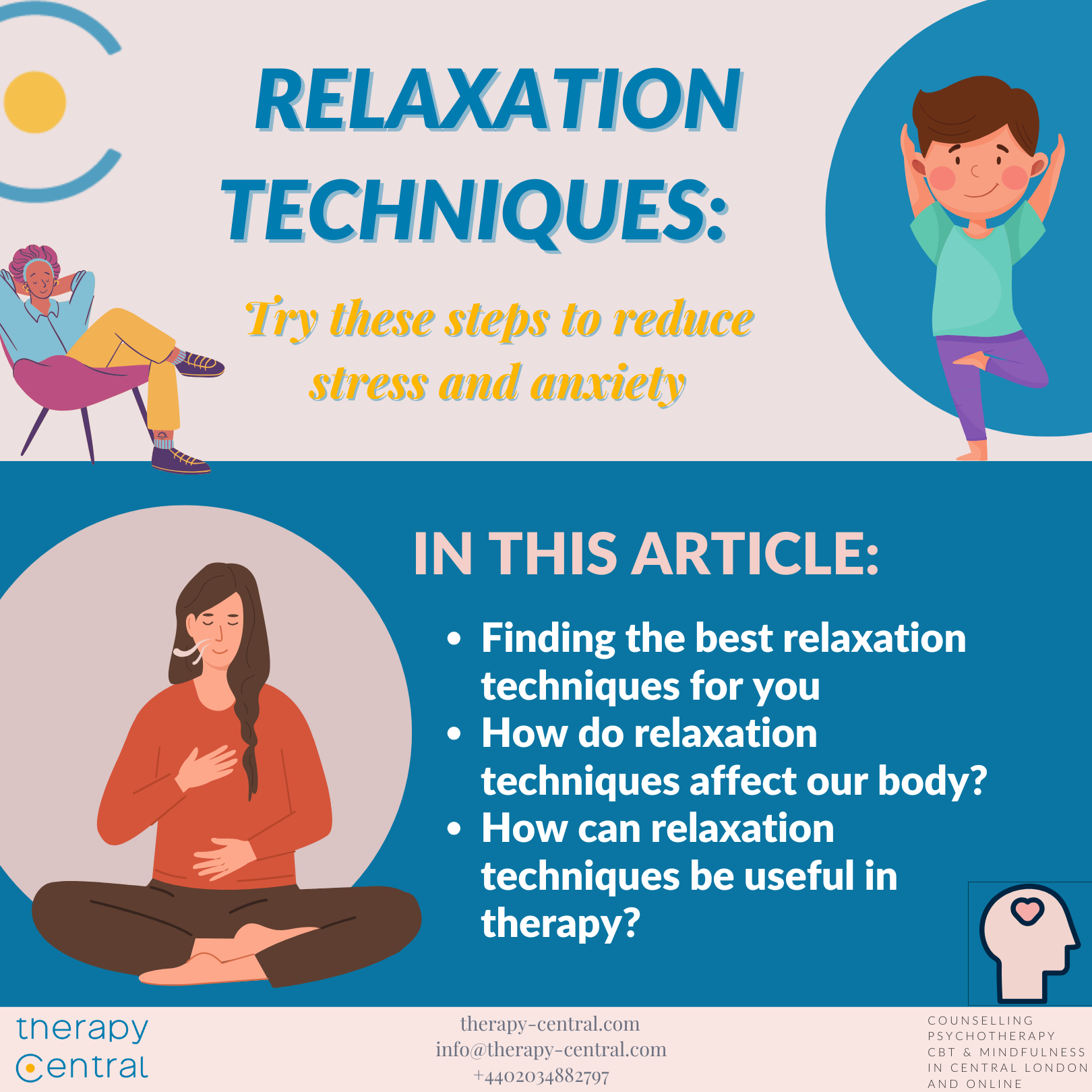Feeling stressed and overwhelmed? You’re not alone.
Daily life can often feel like a never-ending race against the clock, leaving you frazzled and exhausted. But what if there was a way to pause, take a deep breath, and let go of the tension weighing you down? Imagine feeling more calm, focused, and ready to tackle whatever life throws your way.
This is where relaxation techniques come into play. They’re not just for yogis or meditation experts; they’re for you, too. By incorporating simple relaxation techniques into your routine, you can transform your stress into serenity. Curious about how to get started? Stick around, because this article will guide you through some effective strategies to help you find your inner peace.
Meditation Practices
Meditation practices offer a path to relaxation and inner peace. They help calm the mind and reduce stress. Different techniques cater to various needs and preferences. Whether you seek mindfulness or imaginative journeys, meditation has something for everyone.
Mindfulness Meditation
Mindfulness meditation encourages focusing on the present moment. You observe your thoughts without judgment. This practice involves deep breathing and awareness of sensations. It helps center the mind and improves concentration. Regular mindfulness sessions can enhance emotional health. They promote a sense of calm and clarity.
Guided Imagery
Guided imagery involves visualizing peaceful settings. A narrator guides you through serene scenes. It can transport you to a beach or a forest. This technique helps reduce anxiety and tension. Imagining positive images can foster relaxation. Guided imagery sessions are often available online or via apps. They provide a structured path to tranquility.
Breathing Exercises
Breathing exercises are vital for relaxation and stress relief. These techniques help calm the mind and body. Slow, focused breathing reduces anxiety, bringing peace and clarity. Regular practice of breathing exercises can improve mental and physical health.
Deep Breathing
Deep breathing involves inhaling slowly through the nose. Fill your lungs completely. Hold the breath for a few seconds. Then, exhale gently through the mouth. This method releases tension from the body. It lowers heart rate and calms nerves. Practicing deep breathing daily boosts your mood.
4-7-8 Technique
The 4-7-8 technique is simple and effective. First, inhale through the nose for 4 seconds. Next, hold the breath for 7 seconds. Finally, exhale slowly for 8 seconds. This pattern slows down your breathing. It relaxes the mind and reduces stress. Use this method before sleep or during stressful moments.
Progressive Muscle Relaxation
Progressive Muscle Relaxation (PMR) is a simple, effective way to reduce stress. It involves tensing and relaxing muscle groups in sequence. This technique helps improve physical and mental well-being. PMR is suitable for all ages and fitness levels. It’s a great tool to combat anxiety and improve sleep.
Step-by-step Guide
Find a quiet, comfortable space to begin. Sit or lie down. Close your eyes and take a deep breath. Focus on each muscle group one by one. Start with your toes. Tense the muscles tightly, then release. Feel the tension fade away. Move to the calves, thighs, and upwards. Work through your body systematically. Finish with your face and head. Breathe deeply between each muscle group. Stay relaxed and focused.
Benefits Of Muscle Relaxation
Muscle relaxation reduces stress and anxiety. It improves blood circulation and lowers blood pressure. PMR enhances focus and concentration. It can lead to better sleep quality. Regular practice boosts mood and energy levels. It supports emotional balance and resilience. This technique fosters a sense of calm and peace.
Visualization Techniques
Visualizing peaceful scenes aids relaxation and stress relief. Imagine serene landscapes or calming waves. This technique helps quiet the mind and promotes tranquility.
Visualization techniques offer a powerful way to relax and reduce stress. By picturing calming scenes and positive outcomes, you can shift your mental state, finding peace and focus amidst chaos. It’s like giving your brain a mini-vacation.Creating A Safe Space
Imagine a place where you feel completely at ease. This could be a beach, a forest, or even a room from your childhood. The key is choosing a location that makes you feel safe and happy. Close your eyes and take a deep breath. Picture every detail of your safe space. What colors do you see? What sounds do you hear? The more vivid your imagination, the more effective the relaxation. You can visit this safe space whenever you need a mental escape. It’s a tool you can use anywhere and anytime. Just a few moments in your sanctuary can refresh your mind and lighten your mood.Using Visual Cues
Visual cues help anchor your mind to the present. They are tangible objects or images that can bring you back to a calm state. Think of them as signposts pointing you to tranquility. Choose a cue that resonates with you. A photograph of a serene landscape, a small object like a seashell, or even a specific color. Keep it nearby as a reminder to breathe and relax. Try associating a deep breath with your visual cue. Each time you see it, take a moment to breathe deeply. This practice can gradually train your brain to associate the cue with relaxation. Have you ever noticed how a simple image can transport you to another place? Use that power to enhance your daily life. Find your visual cues and let them guide you to peace.Yoga And Stretching
Yoga and stretching offer a peaceful way to relax. They calm the mind and ease tension in the body. Both practices enhance flexibility and promote mental clarity. Regular practice can improve posture and boost mood. Yoga’s gentle movements and stretches provide a simple path to wellness.
Basic Yoga Poses
Starting with basic yoga poses can be beneficial. The mountain pose helps with balance and focus. The child’s pose offers a gentle stretch for the back. The downward dog pose stretches the hamstrings and calves. These poses require no special equipment. They are easy to learn and practice daily.
Incorporating Stretching
Stretching complements yoga by improving muscle flexibility. Begin with simple neck stretches to relieve tension. Extend your arms overhead for a shoulder stretch. Try a gentle side stretch to open up the torso. These exercises are easy to integrate into any routine. They can be done in a few minutes.
Incorporating these techniques can enhance relaxation. They are accessible and require no special skills. Enjoy the calming benefits of yoga and stretching today.
Aromatherapy
Aromatherapy uses essential oils to help calm the mind and body. It can ease stress and promote relaxation. Lavender and chamomile are popular choices for soothing effects.
Aromatherapy is a powerful tool for relaxation that taps into the soothing properties of essential oils. This technique can transform your surroundings and mindset, helping you to unwind and rejuvenate. Imagine coming home after a hectic day and being greeted by calming scents that instantly uplift your mood. This isn’t just a dream; it’s something you can easily achieve with aromatherapy.Essential Oils For Relaxation
Different essential oils can bring various benefits to your relaxation routine. Lavender oil is a popular choice due to its calming effects, helping you to reduce anxiety and stress. Chamomile is another oil that promotes relaxation and aids in sleep. You might also enjoy Ylang Ylang, known for its ability to lower blood pressure and improve mood. Try experimenting with various oils to discover which ones resonate with you. Each oil has unique benefits, so choose what suits your needs.Creating A Calming Environment
To make your space more relaxing, start by diffusing your favorite essential oils. Use a diffuser to spread the aroma throughout your room. This sets the mood for tranquility and peace. Consider adjusting your lighting to complement the calming scents. Soft, warm lights can enhance the relaxing atmosphere. You might even add some gentle music to create a serene sanctuary. Have you ever noticed how certain scents can bring back memories or change your mood? Aromatherapy taps into this by using the power of smell to promote relaxation. You don’t need a spa day to unwind—your home can become a personal retreat with simple changes. What is your favorite way to relax? Maybe it’s time to try aromatherapy and see how it transforms your relaxation routine. You might find that it becomes an essential part of your self-care practice.Listening To Music
Listening to music calms the mind and eases stress. Soft melodies and soothing rhythms create a peaceful environment. Relaxing tunes help the body unwind and promote tranquility.
Listening to music is a powerful way to relax and unwind. It has the ability to transport you to a different world and soothe your mind. Whether you’re dealing with stress from work or just need a break from everyday chaos, music can be your escape. It’s not just about hearing the melodies; it’s about feeling them resonate within you.Choosing Relaxing Tunes
Choosing the right music can make all the difference. Look for tunes with soft melodies and gentle rhythms. You might find peace in classical music or ambient sounds. Some people prefer nature sounds like the ocean waves or birds chirping. Experiment with different genres to discover what calms you the most. Think about a moment when a particular song made you feel at ease. Was it the sound of a piano or the gentle strumming of a guitar? Reflect on those experiences to guide your choices.Impact On Stress Reduction
Music has a direct impact on stress reduction. Studies show that listening to calming music can lower cortisol levels, the hormone related to stress. This isn’t just a theory; it’s a proven fact you can experience firsthand. Imagine coming home after a long, exhausting day. You play your favorite relaxing playlist and almost instantly feel your shoulders drop and mind clear. Music can be the key to unlocking a more peaceful you. Have you ever noticed how a song can change your mood? It can lift your spirits or calm your nerves. Next time stress strikes, ask yourself: What tune will help me find my calm? Embrace the power of music in your relaxation routine. It’s a simple yet effective way to enhance your well-being.
Credit: therapy-central.com
Art And Creativity
Exploring art and creativity can be a soothing escape. Painting or drawing calms the mind, easing stress. Engaging in creative activities helps focus thoughts, promoting relaxation and peace.
Art and creativity are powerful tools for relaxation and stress relief. Engaging with art can quiet your mind and allow you to express emotions you might not even realize you have. Whether you’re painting, doodling, or exploring other creative outlets, these activities can help you find a sense of calm and peace.Expressive Painting
Expressive painting lets you put your feelings onto a canvas. You don’t need to be an expert artist to benefit from this. Simply choose colors that reflect your mood and let your brush move freely. Consider setting up a small painting corner in your home. This way, you can paint whenever you feel overwhelmed. It’s a personal space for you to unwind and let go. Have you ever painted just for the joy of it? Try setting aside some time to paint without any expectations. You might be surprised at how liberating it feels.Doodling For Calmness
Doodling is more than just mindless scribbling. It’s a great way to relax and clear your head. When you doodle, your brain enters a state similar to meditation. Keep a small notebook and pen handy. Doodle during breaks or while waiting in line. It’s a simple way to incorporate relaxation into your day. Do you find your mind racing with thoughts? Try doodling as a way to focus and slow down. It’s amazing how a few simple lines can help you feel centered and calm. Art and creativity offer unique ways to relax and reconnect with yourself. How will you bring more creativity into your life?Nature Walks
Strolling through lush forests or serene meadows calms the mind. The gentle rustle of leaves soothes stress. Breathing in fresh air during nature walks enhances relaxation.
Nature walks offer a refreshing escape from the hustle and bustle of daily life, providing an opportunity to unwind and rejuvenate. Imagine stepping out into the crisp, fresh air, feeling the gentle sun on your face, and listening to the soothing sounds of rustling leaves and chirping birds. These simple walks in nature can be a powerful tool to bring peace to your mind and energy to your body.Benefits Of Outdoor Activities
Outdoor activities like nature walks are not just about physical exercise. They boost your mental health too. Studies show that spending time outside can reduce stress levels and improve mood. A nature walk can be as simple as a stroll through a nearby park or a hike in the woods. It doesn’t require special skills or equipment. Just step outside and start walking. You’ll feel calmer and more focused when you return.Connecting With Nature
Nature walks offer a unique chance to connect with the environment around you. When was the last time you noticed the intricate patterns on leaves or the varied songs of birds? These moments of connection can be deeply grounding. While walking, try focusing on the details you usually overlook—like the texture of tree bark or the scent of wildflowers. This mindfulness practice can enhance your appreciation for the natural world and help you feel more present. Nature walks also provide a break from technology. Leave your phone behind or switch it off. Notice how freeing it is to simply exist without distractions. This disconnection can foster a stronger connection with yourself and the world around you. Are you willing to let nature walks become a regular part of your routine? Just a few minutes outside each day can make a significant impact on your well-being.
Credit: www.radioart.com
Digital Detox
In today’s fast-paced digital world, it’s easy to become overwhelmed by constant screen exposure. A digital detox can help you reclaim your peace of mind and focus. Imagine your brain finally having a moment to breathe without the endless notifications and scrolling. It’s like giving yourself a mini vacation without leaving your home. Let’s dive into how reducing screen time and engaging in offline activities can pave the way for your digital detox journey.
Reducing Screen Time
One of the simplest ways to start a digital detox is by reducing screen time. It’s easier than you think! Start by setting specific times for checking your phone or browsing the internet. You might find a timer helpful to remind you when it’s time to disconnect. Try replacing some screen-heavy habits with activities that don’t involve tech.
Think about how much time you spend staring at screens. Is it more than you’d like? Consider using apps that track your screen usage. They can give you a clear picture and help you identify areas to cut down. It’s surprising how much time you can free up for other activities.
Engaging In Offline Activities
Offline activities are the perfect antidote to screen addiction. When was the last time you picked up a good book or enjoyed a walk in the park? These activities can be refreshing and help you reconnect with the world around you. It’s a chance to get back to basics and enjoy simple pleasures.
Explore hobbies that don’t require screens. Maybe you’ve always wanted to learn painting or gardening. These activities not only reduce stress but also boost creativity. You may find yourself more energized and focused after spending time offline.
Have you considered setting aside a day each week for offline activities? It can be a great way to reset and recharge. Invite friends or family to join you in these screen-free adventures. Shared experiences can make the journey even more rewarding.
So, what are you waiting for? Your digital detox could be the key to unlocking a more balanced, fulfilling life. Are you ready to unplug and rediscover the joy of offline moments?

Credit: aspirace.com
Frequently Asked Questions
What Are Effective Relaxation Techniques?
Effective relaxation techniques include deep breathing, progressive muscle relaxation, meditation, and yoga. These methods help to reduce stress and anxiety. Practicing regularly can enhance mental clarity and improve overall well-being. Incorporating these techniques into daily routines can be beneficial for maintaining a balanced lifestyle.
How Does Deep Breathing Reduce Stress?
Deep breathing reduces stress by activating the body’s relaxation response. It lowers heart rate and blood pressure. By focusing on slow, deep breaths, it calms the mind. This technique can be practiced anywhere, making it a convenient stress-relief tool. Regular practice can enhance its effectiveness over time.
Can Meditation Improve Mental Health?
Yes, meditation can improve mental health. It encourages mindfulness and emotional stability. Regular meditation practice helps reduce symptoms of depression and anxiety. It promotes relaxation and enhances self-awareness. This leads to better stress management and improved overall mental well-being. Beginners can start with guided sessions for easier practice.
What Is Progressive Muscle Relaxation?
Progressive muscle relaxation involves tensing and relaxing muscle groups. It reduces physical tension and stress. Starting from the toes and working upwards, it provides a systematic relaxation experience. This technique is effective for calming the mind and improving sleep quality.
Practicing regularly enhances its benefits.
Conclusion
Finding calm can transform your daily life. Simple relaxation techniques offer relief and peace. Deep breathing, meditation, and gentle exercises reduce stress. Try them regularly. Feel the difference in your mood and energy. Consistent practice leads to better health. Sleep improves.
Anxiety decreases. Everyone deserves a moment of calm. Make relaxation a priority. Your mind and body will thank you. Embrace these techniques today. Notice positive changes soon. Balance and tranquility are within reach. Start your relaxation journey now. A calmer life awaits.

